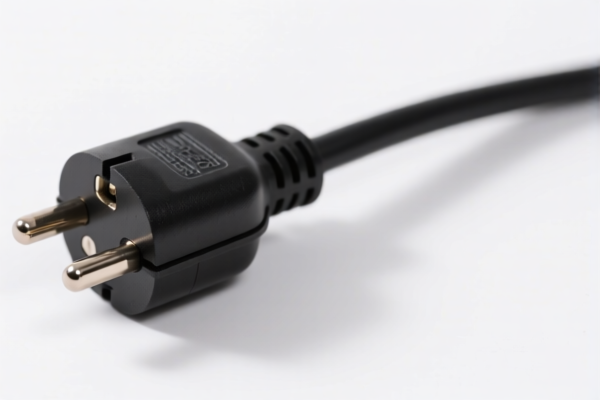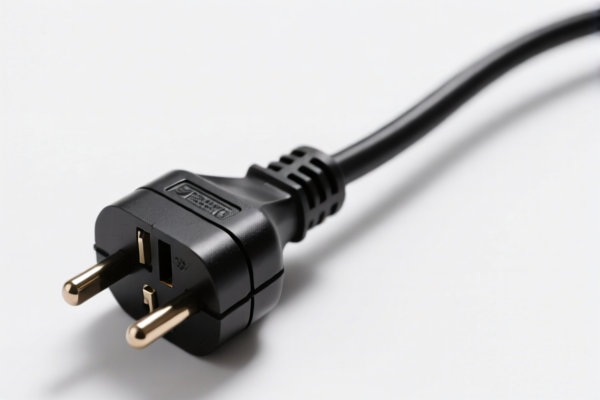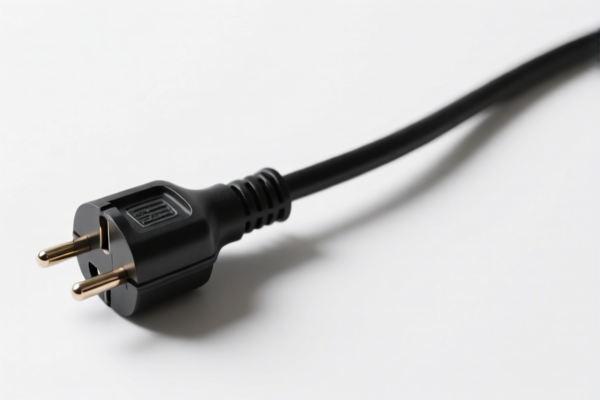| HS Code | Official Doc | Tariff Rate | Origin | Destination | Effective Date |
|---|---|---|---|---|---|
| 8544429010 | Doc | 57.6% | CN | US | 2025-05-12 |
| 8544422000 | Doc | 55.0% | CN | US | 2025-05-12 |
| 3926909987 | Doc | 42.8% | CN | US | 2025-05-12 |




Based on the provided reference data and your input "POWER EXTENSION CORD", here's a breakdown of potential HS codes and relevant considerations:
-
8544429010: Insulated (including enameled or anodized) wire, cable (including coaxial cable) and other insulated electric conductors, whether or not fitted with connectors; optical fiber cables, made up of individually sheathed fibers, whether or not assembled with electric conductors or fitted with connectors: Other electric conductors, for a voltage not exceeding
1,000 V : Fitted with connectors: Other Extension cords as defined in statistical note 6 to this chapter.- 85: Electrical machinery and equipment.
- 44: Insulated conductors.
- 42: For a voltage not exceeding 1,000 V.
- 90: Other.
- 10: Extension cords.
- This HS code is specifically for power extension cords. Total tax rate: 57.6%
-
3926909987: Other articles of plastics and articles of other materials of headings 3901 to 3914: Other: Other Rigid tubes or pipes suitable for use as electrical conduit.
- 39: Plastics and articles thereof.
- 26: Other articles of plastics.
- 90: Other.
- 99: Other.
- 87: Rigid tubes or pipes suitable for use as electrical conduit.
- This HS code might apply if the extension cord includes a rigid plastic conduit. Total tax rate: 42.8%
Important Considerations & Recommendations:
- Statistical Note 6: The reference specifically mentions "Extension cords as defined in statistical note 6 to this chapter" under HS code
8544429010. You must review this note to confirm if your product meets the definition of an extension cord for accurate classification. - Material Composition: The material of the cord's insulation and outer jacket is crucial. If it's primarily plastic,
3926909987becomes more relevant. - Connectors: The type of connectors used on the extension cord can influence classification.
- Voltage Rating: Confirm the voltage rating of the extension cord. If it exceeds 1,000 V, a different HS code will be required.
- Certification: Depending on the destination country, specific safety certifications (e.g., UL, CE) may be required for power extension cords. Please verify the necessary certifications for your import market.
- Single Invoice: If you are importing multiple types of electrical products, ensure each product is clearly identified on the invoice to avoid classification errors.
Next Steps:
- Review Statistical Note 6.
- Provide detailed product specifications: Insulation material, outer jacket material, connector types, and voltage rating.
- Confirm the destination country to determine required certifications.
Customer Reviews
The review of the voltage rating and material composition was really helpful. I wasn’t sure which HS code to use, and this site made it easy to understand the options.
This site is a lifesaver! The breakdown of the HS codes and the mention of statistical note 6 were crucial for correctly classifying my product. Highly recommend it to anyone in the electrical trade.
The info on HS code 3926909987 helped me understand if my plastic conduit could be classified under the same code. The explanation was clear, even for someone new to trade regulations.
Found the exact HS code for my power extension cords—8544429010. The detailed breakdown and tax rate info were exactly what I needed for exporting to the US.